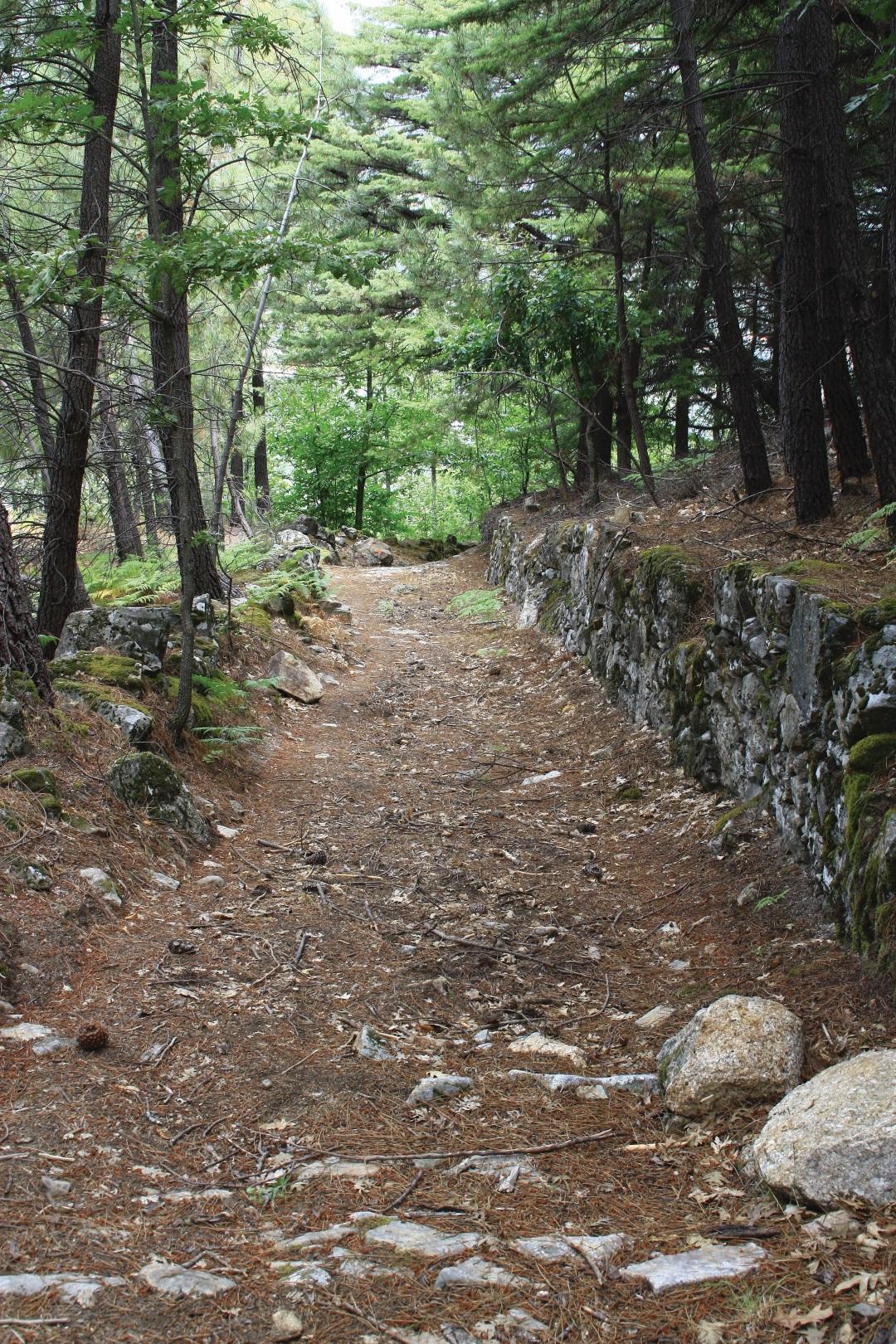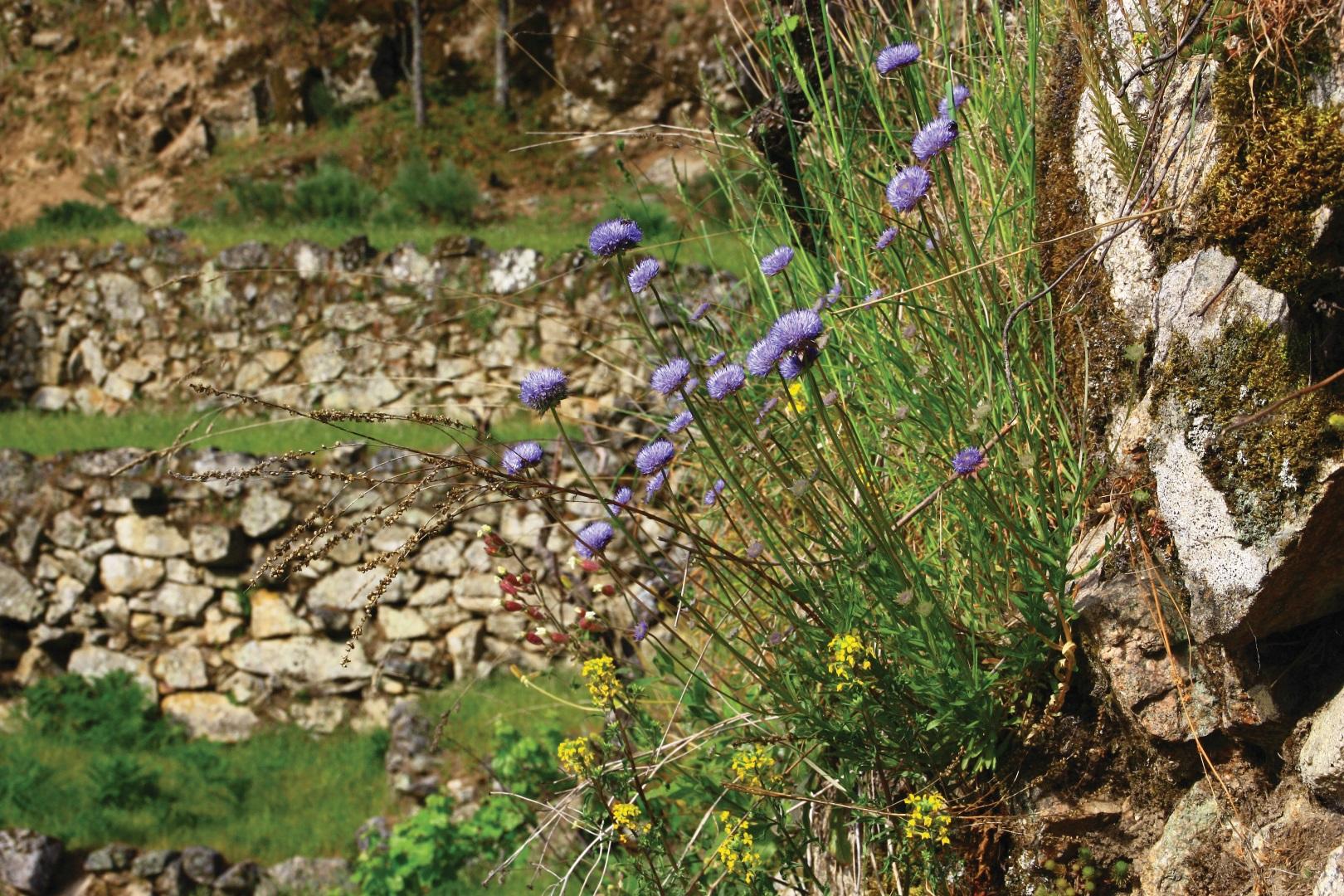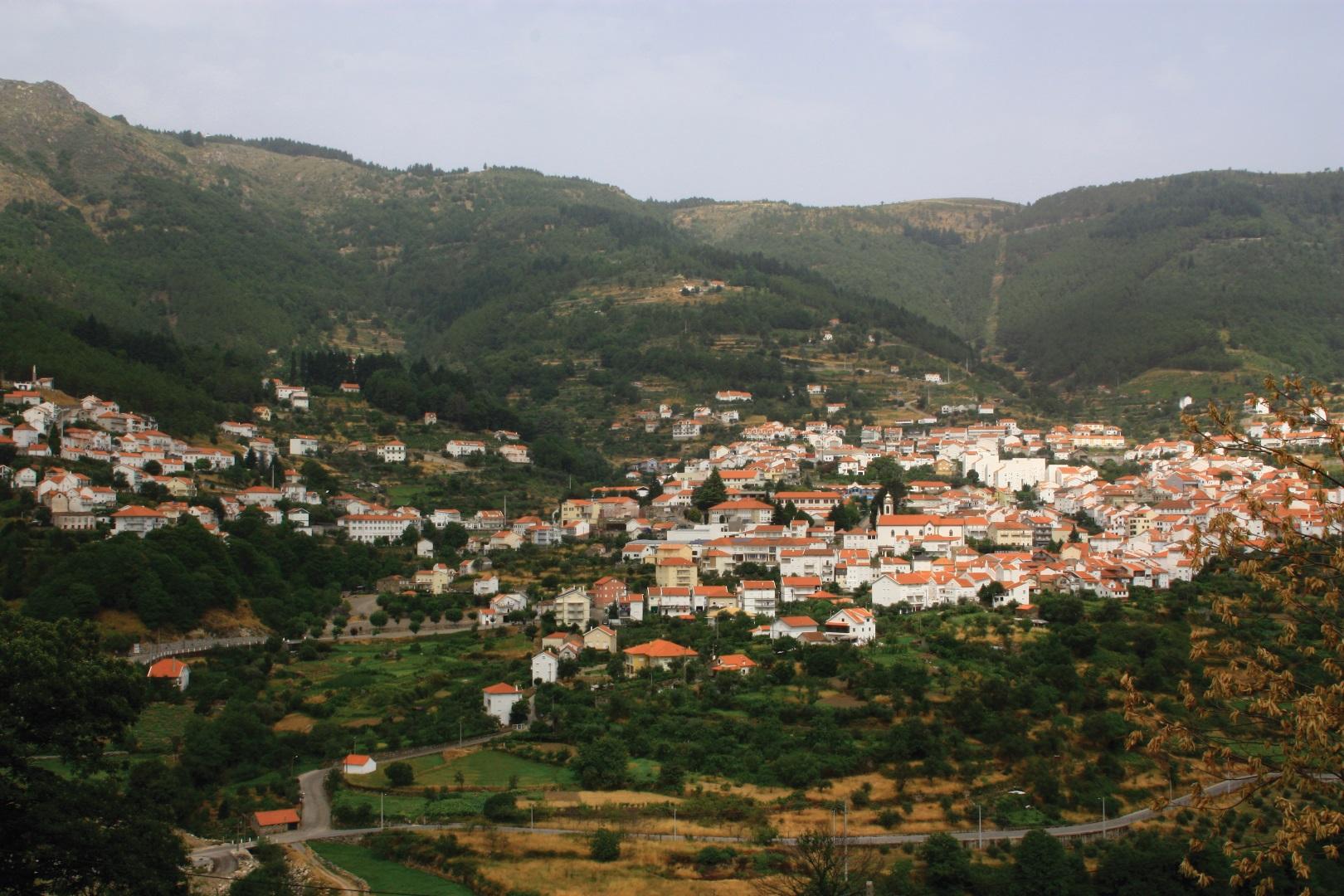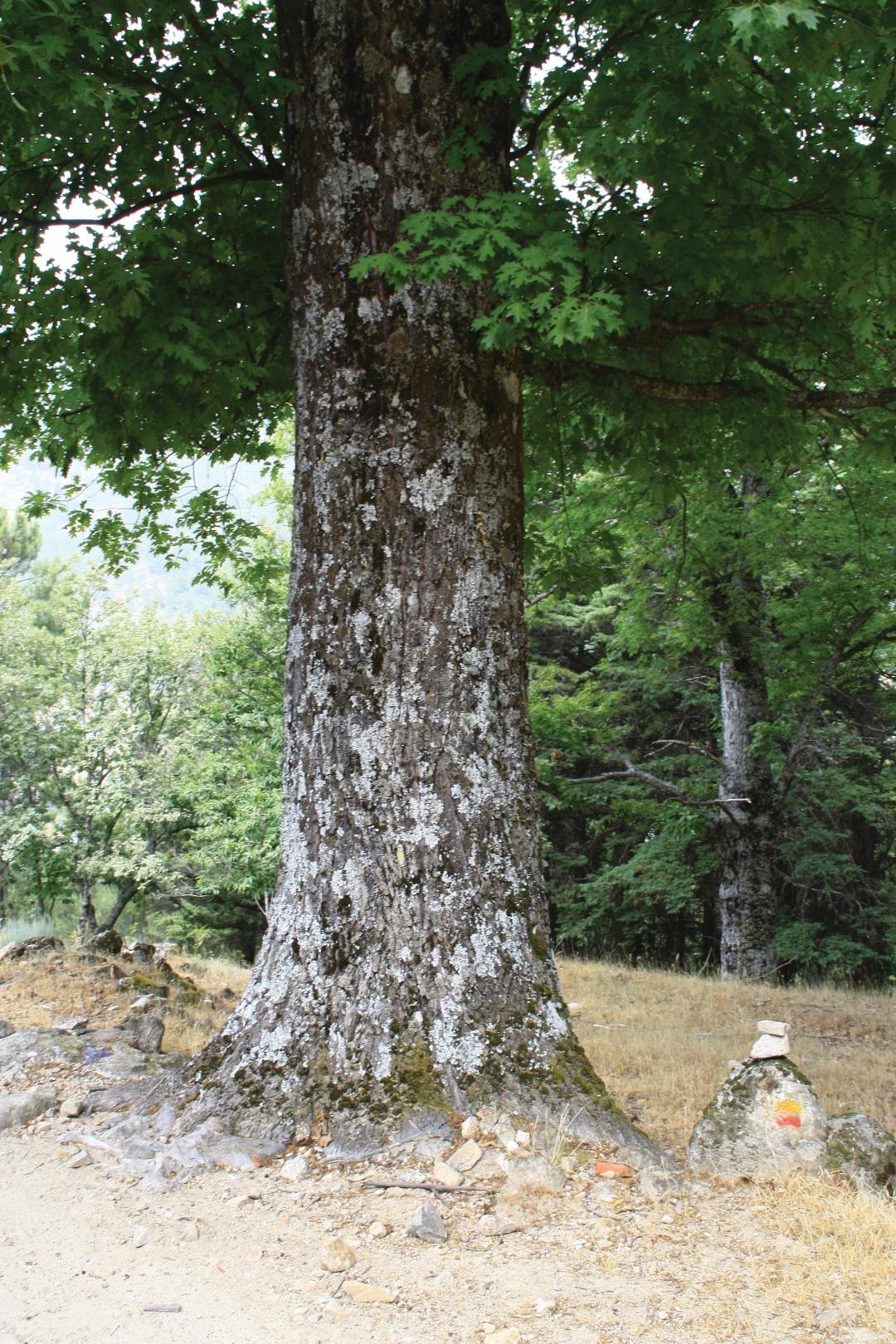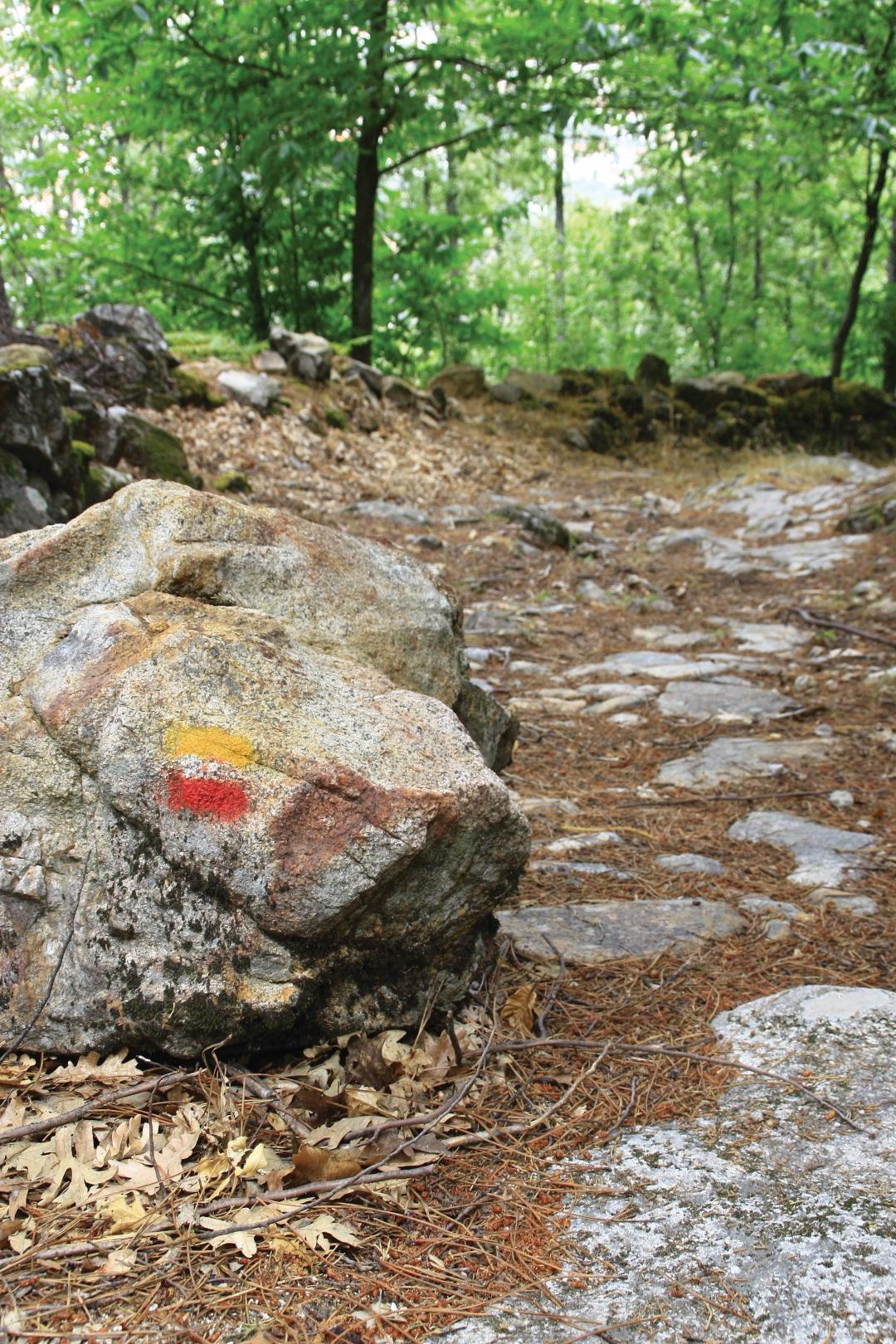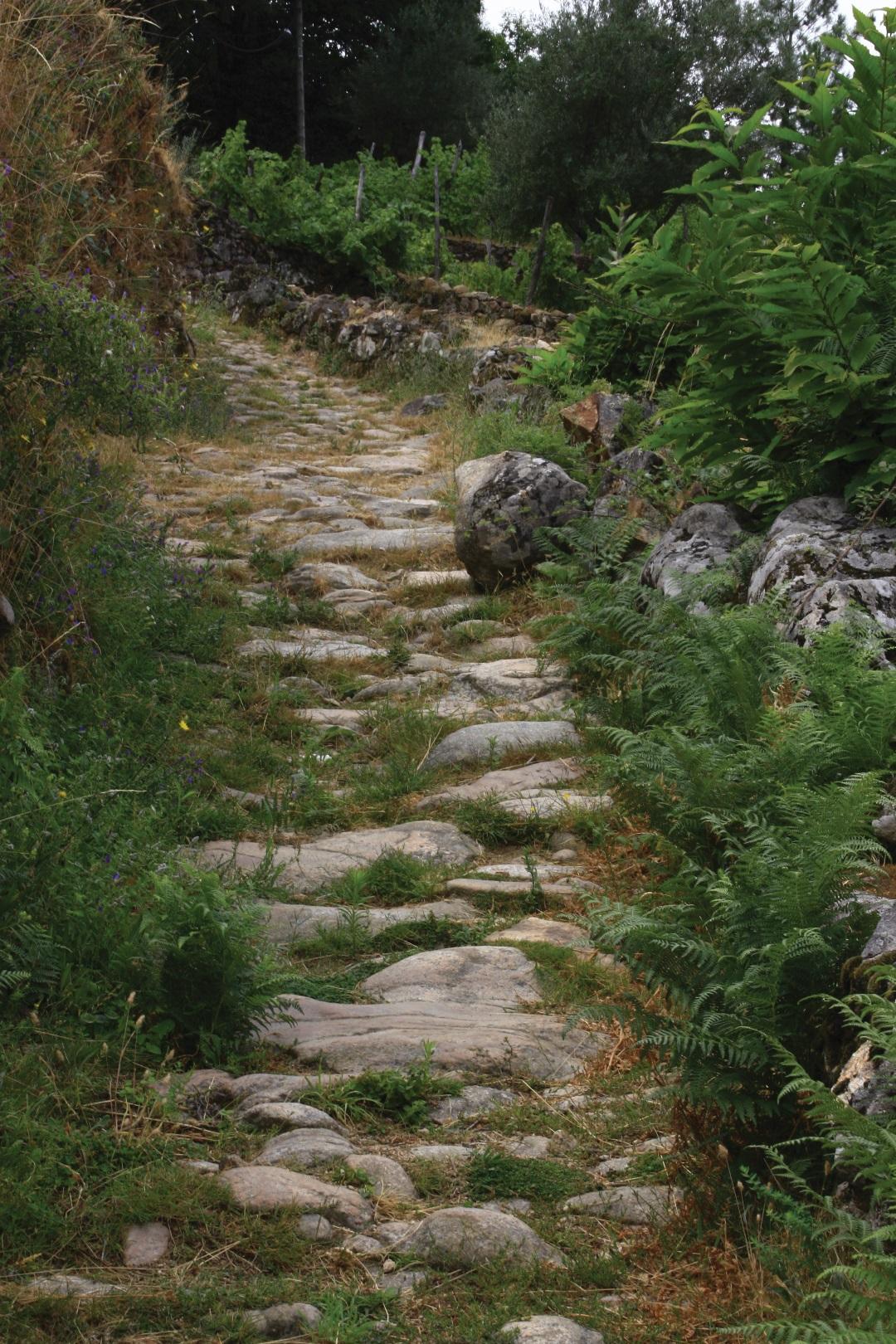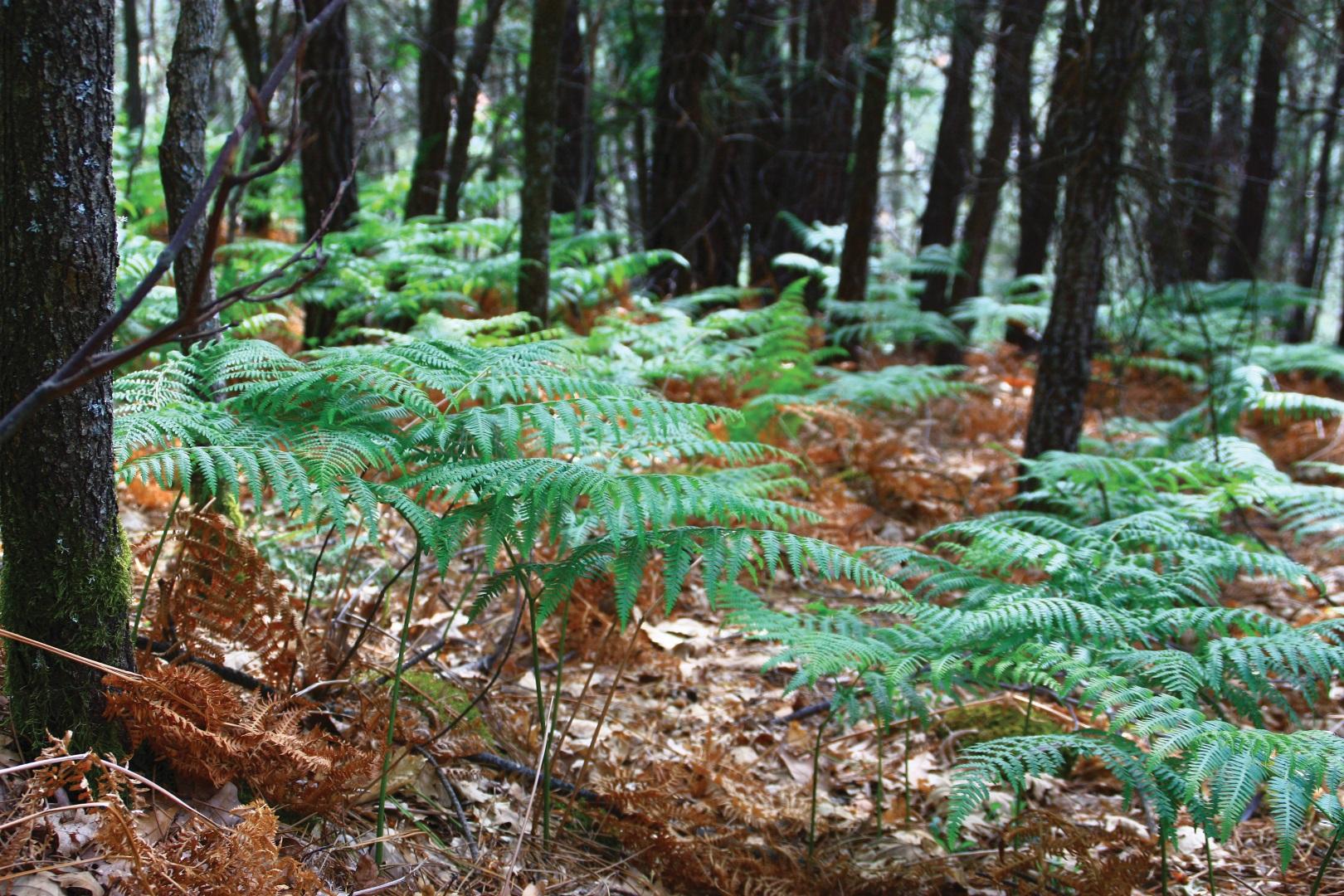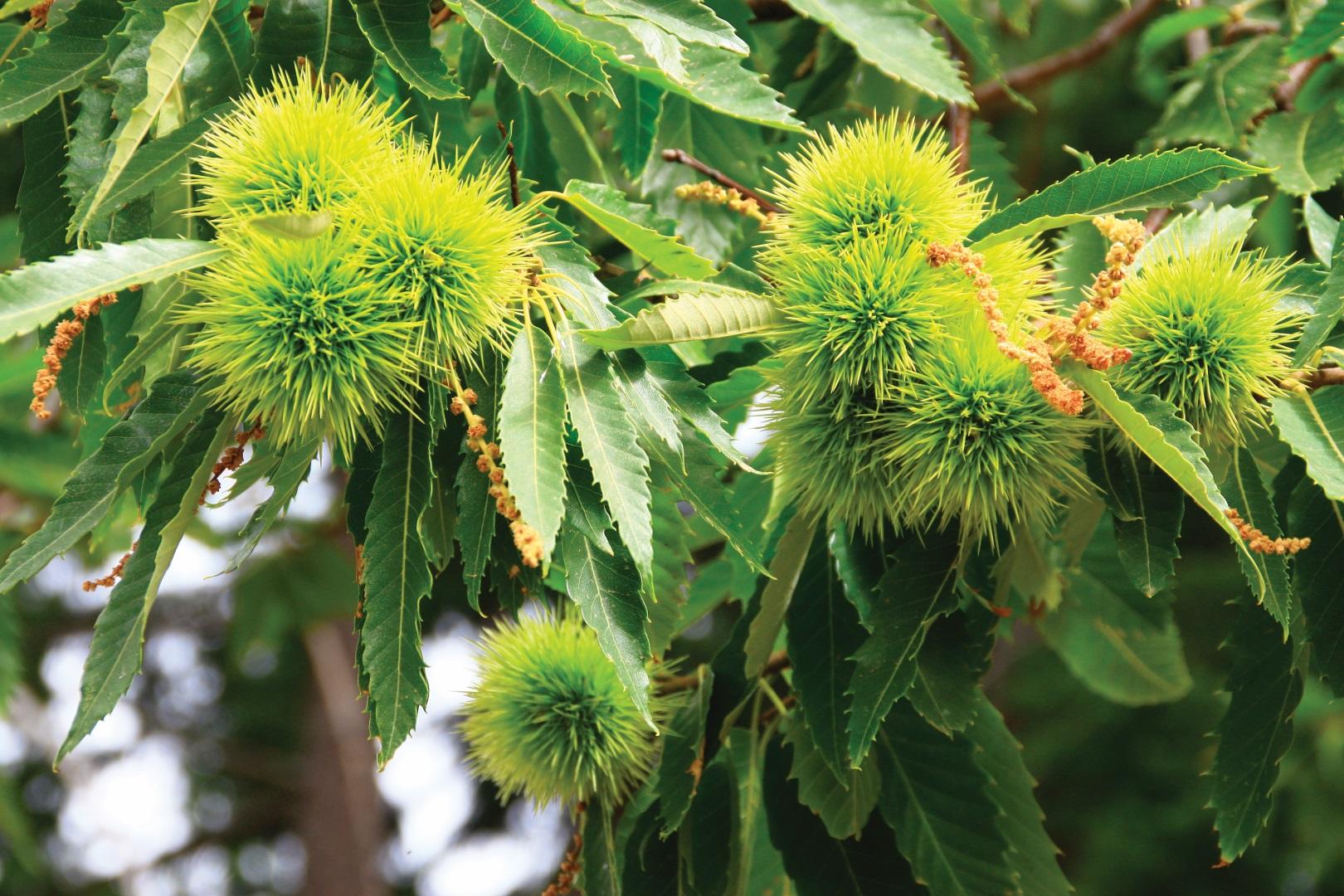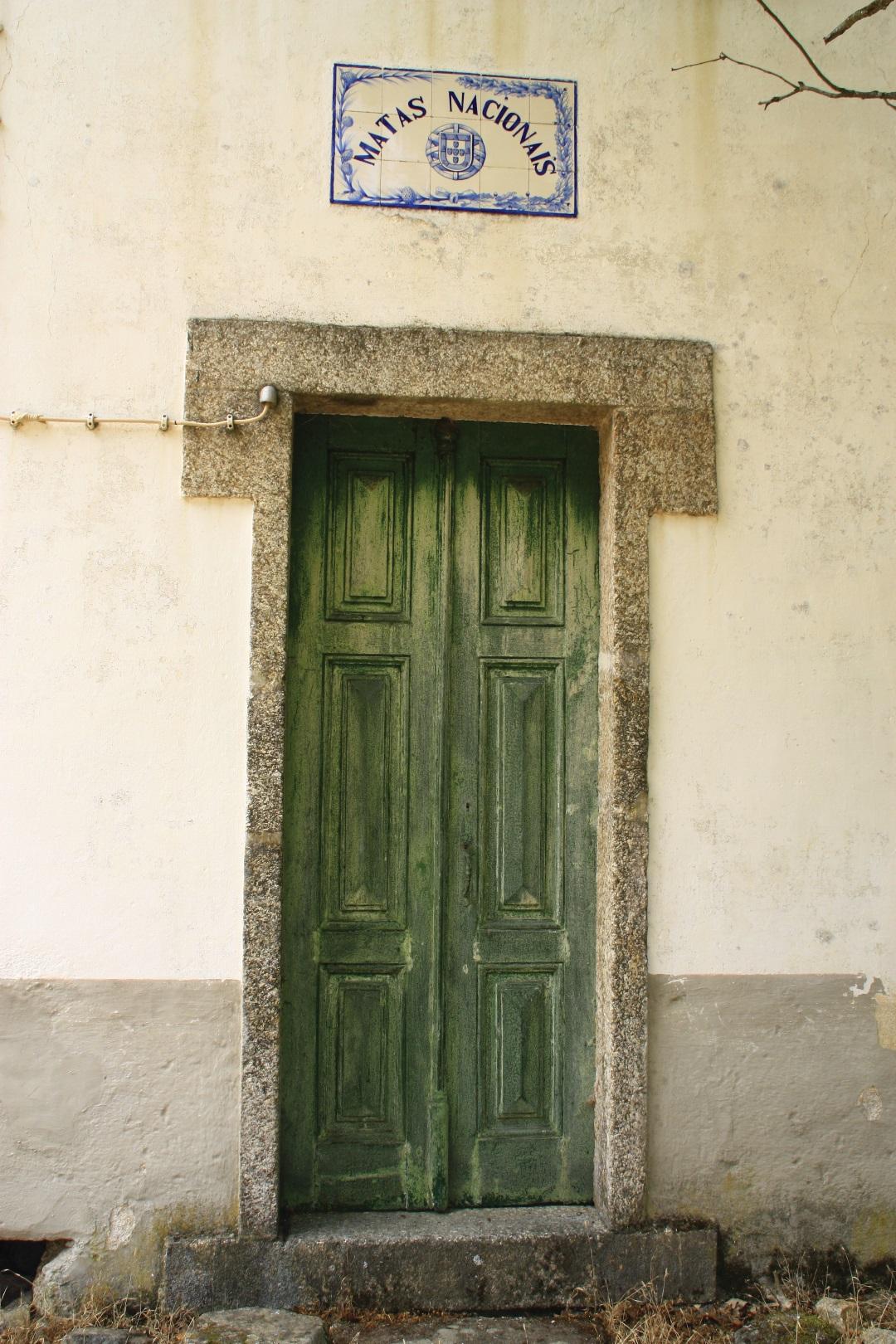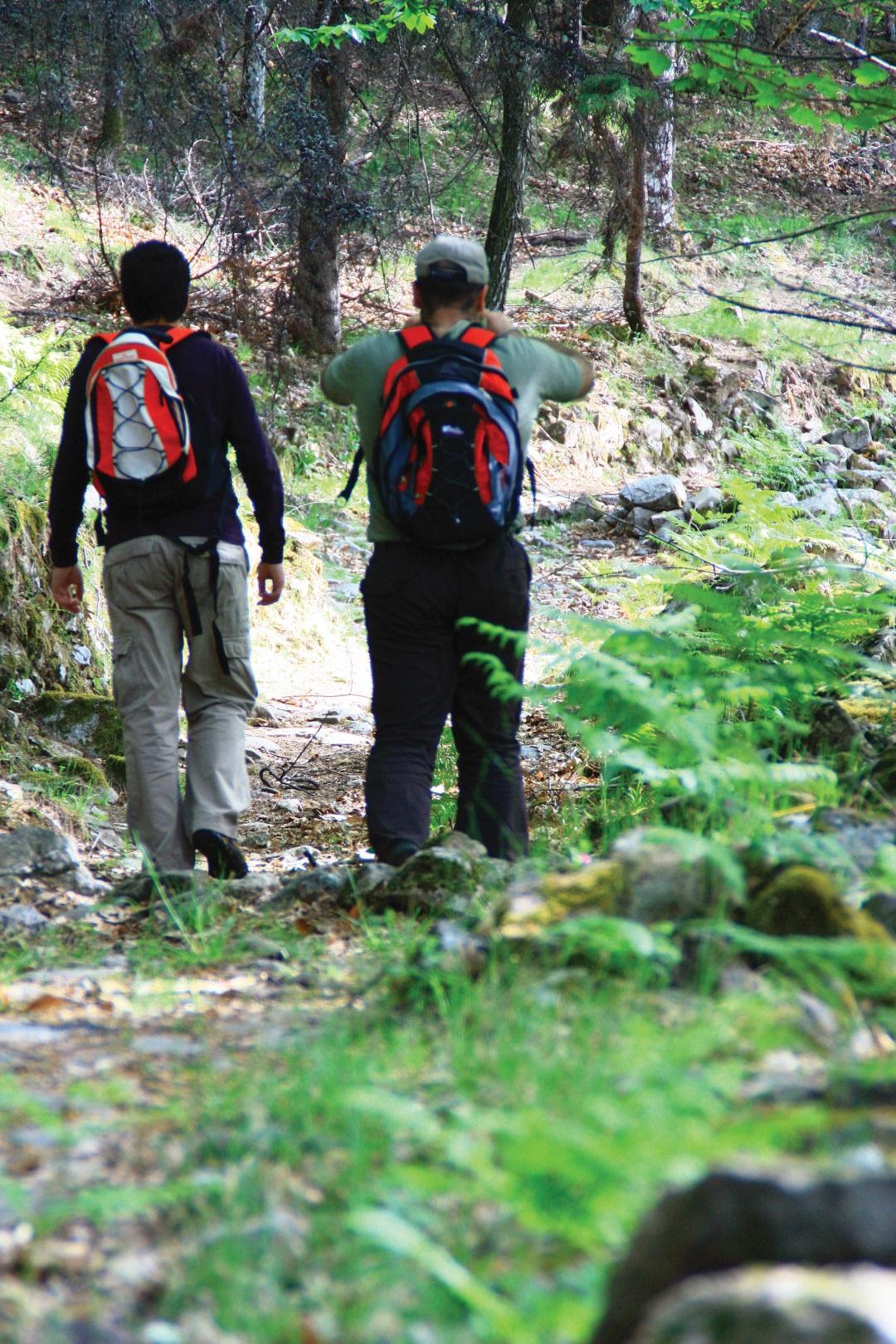
Starting point: with the Bairro de Santo António, in Manteigas.
The Boar Route allow us to see the humanized landscape with a panoramic view over Manteigas village, to cross the heart of magnificent forests, to climb to the top of the Leandres stream and to feel the waterfall of “Inferno Well”.
Walk through the road made by Horácio when he launched himself in the search of a better life. This personage, from the neo-realistic novel of Ferreira de Castro – The Wool and the Snow, faced a tough walk between Manteigas and Covilhã seeking for employment in the weaver industry so he could buy his dream house. In this novel, the author describes the places where the personage goes by, in a very real and faithful way of the natural heritage of Manteigas village, depicting the personage strength at full scenario of World War II, in contrast between the rural and proletariat world.
During the course, there are striking elements of the humanized landscape like the Casa do Guarda-florestal (Forest Guard House) or the Viveiro Florestal (Forest Nursery).
In what concerns to the water lines, in this track the highlight goes to the Leandres Stream, water line embedded between cliffs and valleys and Inferno Well, a 10 meters natural waterfall. These open natural spaces contribute to the development of local vegetation which leads us to contemplate a beautiful forest area that fills the horizon of color, smooth shades of brown in the Winter-Spring, green with white flowers in the Summer, yellow and orange mixed in the Autumn foliage.
In this course several native species are present, such as chestnut, ash, black oak, willow and black alder. Species that deserve a special look are the “gilbarbeira” that owns the conservation status, the birch and the rowan because they are very rare in Portugal.
The existing balance between the hardwoods and softwoods species combined with the presence of the water lines, makes this area one of the most wanted habitats for several animals species.
The Route Boar presents habitats mostly frequented by the wild rabbit, the fox, the boar and the hedgehog. Prey birds like the hunter-harrier and the kestrel are those that inhabit the areas included in this pedestrian route.
The habitats where the water is very abundant allow the existence of groups of species dependent on it, such as amphibians, which highlights are the iberian frog and de green frog. In what concerns to reptiles the highlights are the presence of the collared-water-snake and the water-lizard. The Otter is also one of the animals that inhabit this area. Its presence is detected by the star shaped footprints.
During the course deserves to be emphasize the landscape caused by the gravelly phenomenon – deposits of coarse rock fragments, usually located on pending tilt moderate to strong, generated by “crioclastia” (occurs with the transition of the water from liquid to solid state). Between the solidification and the fusion there is a change in the volume occupied by the water which cause cracks in the rocks and eventually break them.
- Route PR2MTG
-
- Name: Boar
- Type: Circular
- Coordinates of the beginning W: 7º32'14,02"W 40º23'42,85"N
- Height at the beginning: 722 m
- Minimum height: 720 m
- Maximum height: 1306 m
- Advised direction: Clock hands
- Difficulty: Average
- Extension: 11km
- BTT: No
- Useful Documents



